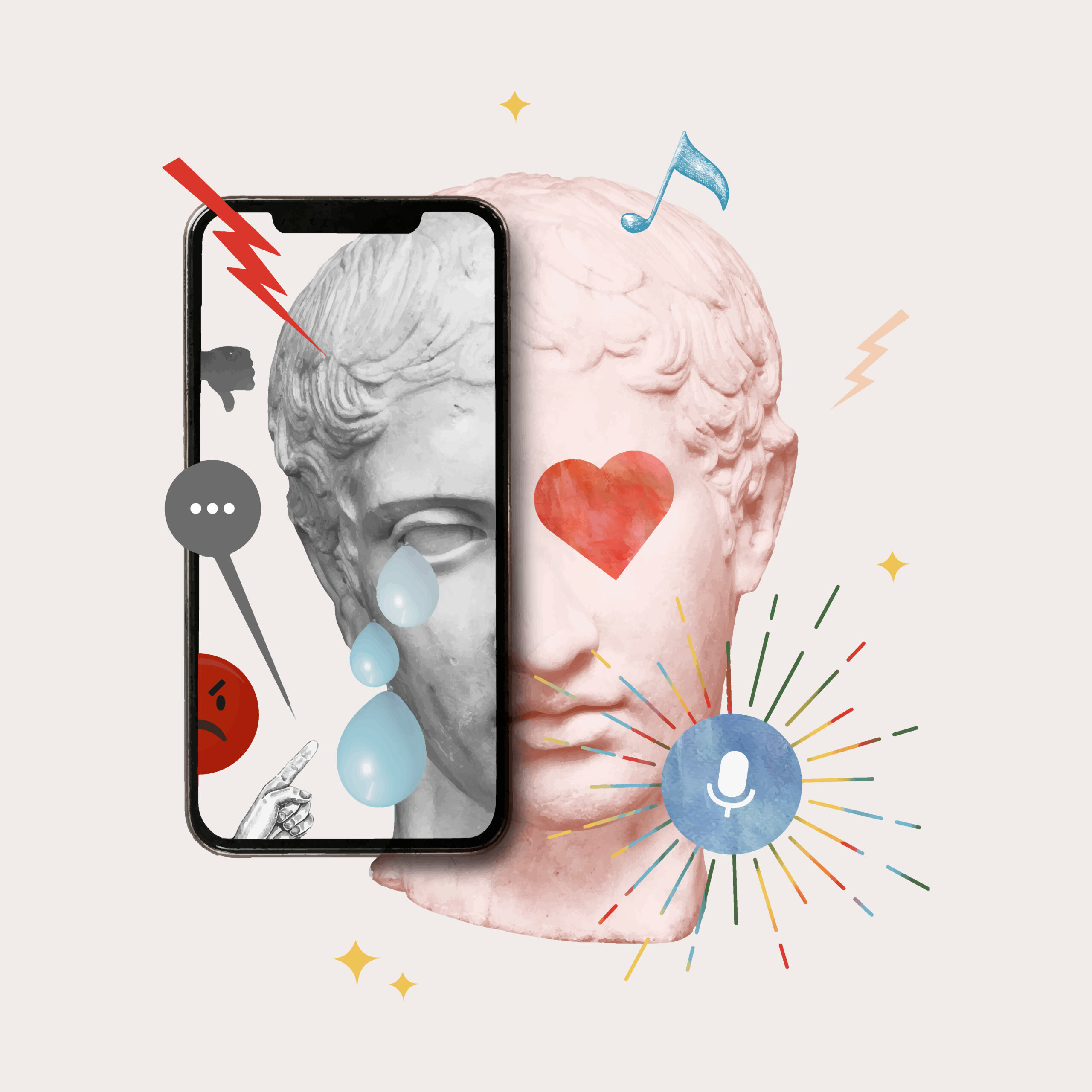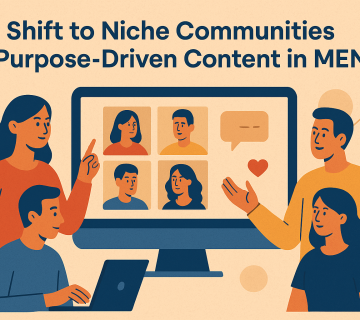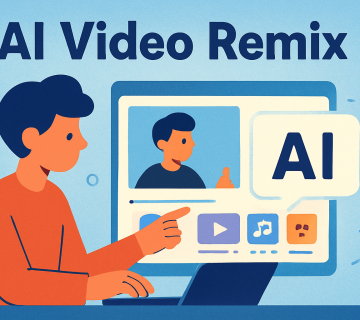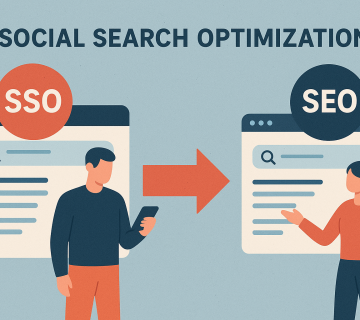Social media has become an integral part of our lives, influencing various aspects including communication, social interactions, and even art. The relationship between social media and art, particularly social sculpture, is a topic of interest and exploration. This blog will delve into the connection between social media and social sculpture, highlighting the influence of social media on contemporary art practices.
I. The Ubiquitous Influence of Social Media:
- Social media platforms like Instagram, Facebook, and Twitter have become all-encompassing forces in our lives.
- These platforms have the power to both liberate and foster art, while also raising questions of censorship and blurring the lines between art and other forms of creation .
- The rise of the art-selfie culture, where viewers prioritize capturing the perfect Instagram post over experiencing the art itself, has become a pertinent issue .
II. Social Media’s Impact on Street Art and Graffiti:
- Social media, particularly Instagram, has rewritten the aesthetics and consumption of street art and graffiti .
- Hashtagging has become the digital architecture of street art, allowing it to become globalized and reach a larger audience .
- While social media provides opportunities for street artists to document their work and gain inspiration, it also poses the risk of diminishing diversity and diluting artistic expression .
III. Artists Embracing Social Media in Their Work:
- Many artists have fully embraced social media as a tool for documenting their artistic processes, sharing their work, and finding inspiration .
- Street artists like iHeart incorporate the language and aesthetics of social media into their graffiti, highlighting the rising influence of social media on the younger demographic .
- The inclusion of idiosyncratic ideas and aesthetics within the mainstream art world through social media has both positive and negative implications .
IV. Social Media as a Platform for Digital Art:
- Social media has dramatically increased the viewership of digital art, thanks to the widespread ownership of smartphones with internet access .
- Artists explore the effects of staging events on social media users, challenging beauty ideals and gender norms through augmented reality and artificial intelligence .
- The boundaries of artificial intelligence are also explored through the use of AI in creating art, highlighting the superficiality of digital images .
Conclusion:
Finally, Social media has undeniably shaped the art world, including the realm of social sculpture. It has provided artists with new avenues for expression, documentation, and inspiration. However, it also raises questions about the impact of social media on artistic diversity and the genuine appreciation of art. The connection between social media and social sculpture continues to evolve, offering both opportunities and challenges for artists in the digital age.




